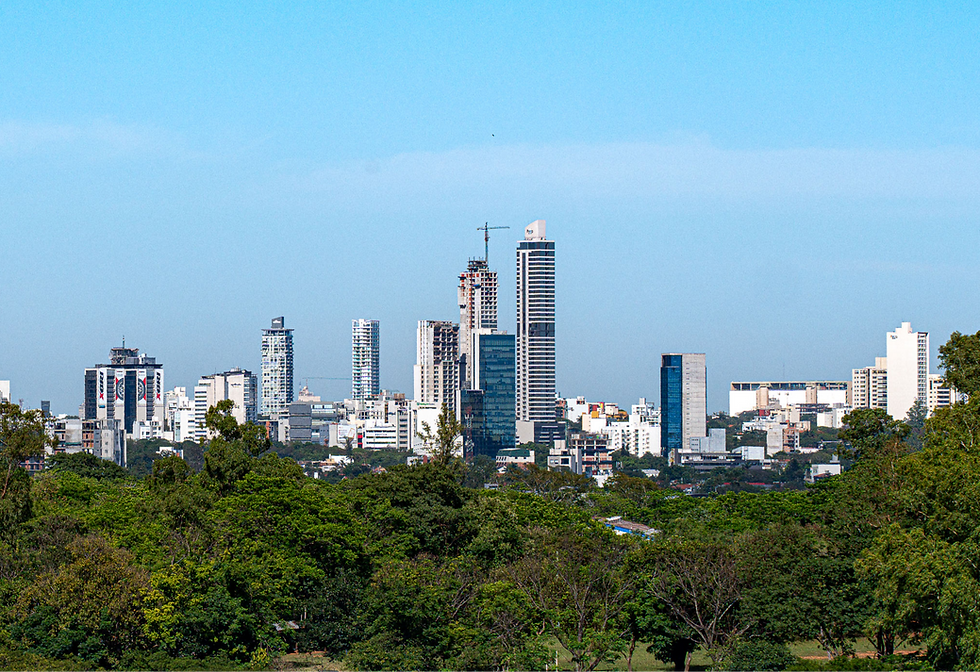Real Estate Securitization: The Instrument That Can Change the Rules of Financing in Paraguay
- Carlos E. Gimenez

- Jun 23
- 6 min read
Based on the case of the La Colina project in Uruguay, this article takes an in-depth look at how real estate securitization works, what differences it has with bonds, funds, and trusts, and why Paraguay is ready to take the leap toward more sophisticated, transparent, and competitive financing.

At the beginning of June, it was announced that the La Colina real estate project, located in the Biarritz neighborhood of the Maldonado department of Uruguay, had successfully accessed international financing through a sophisticated financial instrument: asset securitization. This news, although focused on Uruguay, opens the door to reflect on the still-unexplored potential of real estate securitization in Paraguay, where the legal framework already exists, but its practical implementation still faces structural barriers.
Securitization—also known as securitization—consists of packaging assets that generate future income and transforming them into tradable financial instruments. In the real estate sector, this can include pre-sale contracts, guaranteed rents, or installments receivable. These flows are grouped into a trust, a separate asset that is not part of the developer's general assets and guarantees investors a concrete source of repayment.
Want to read more?
Subscribe to elinmobiliario.com.py to keep reading this exclusive post.


